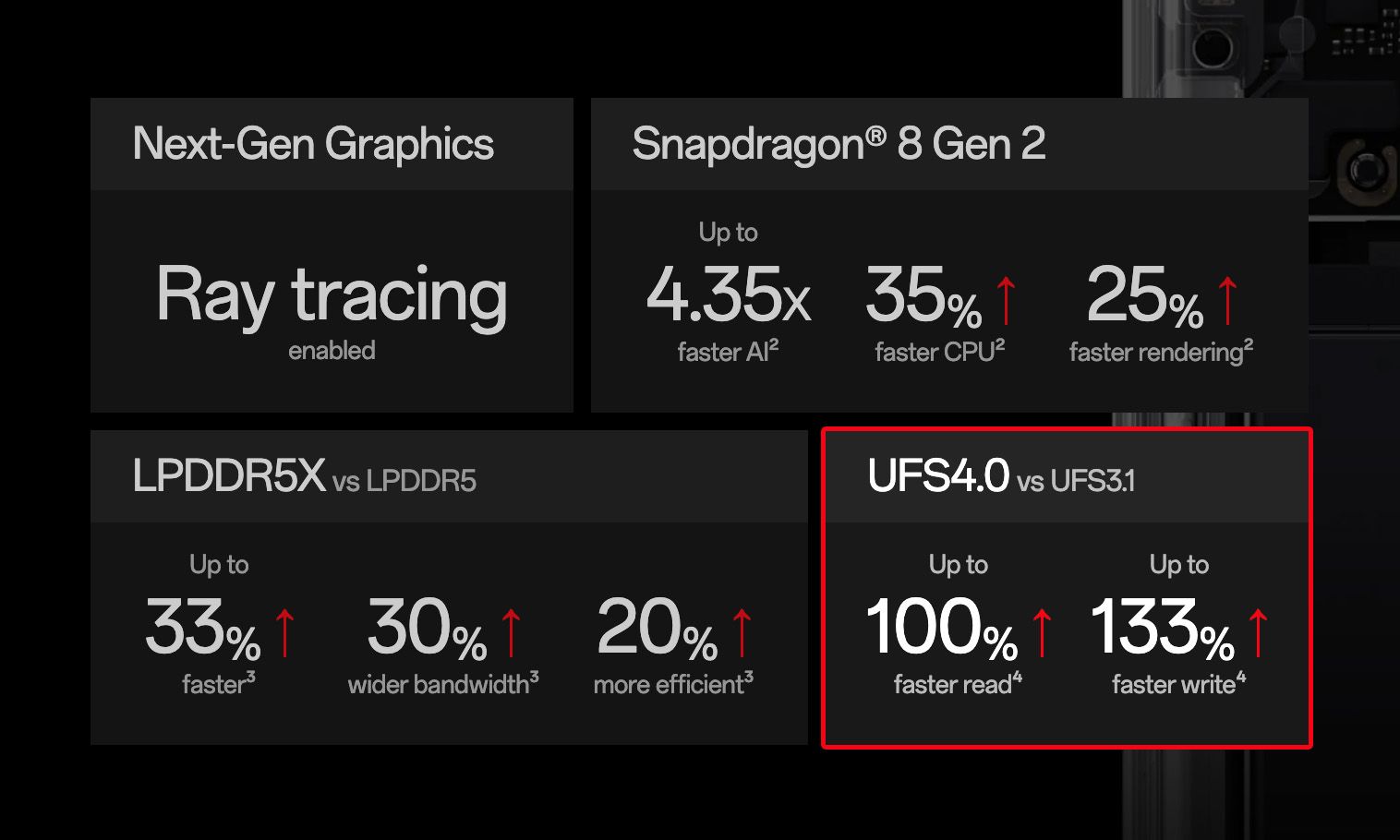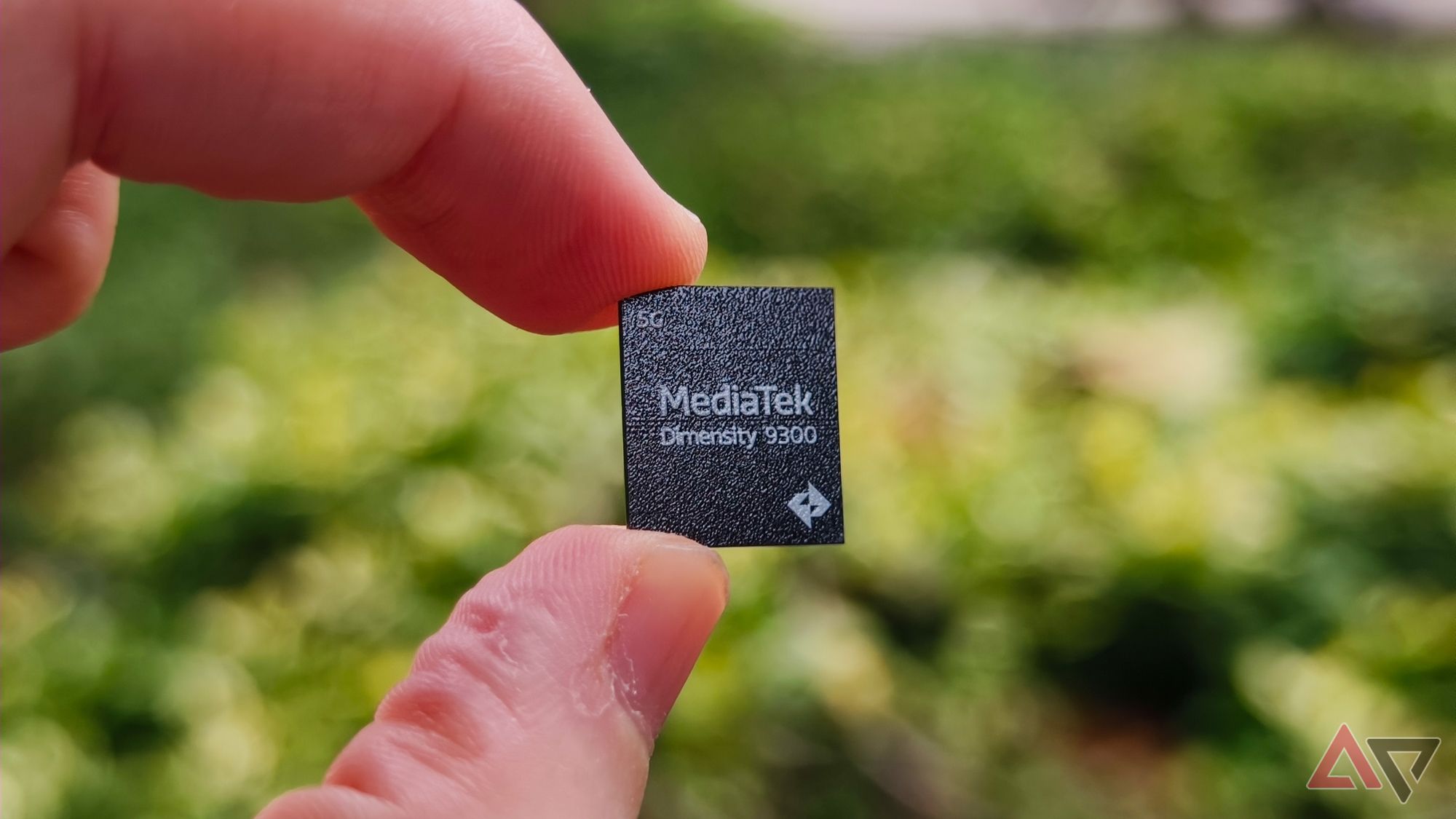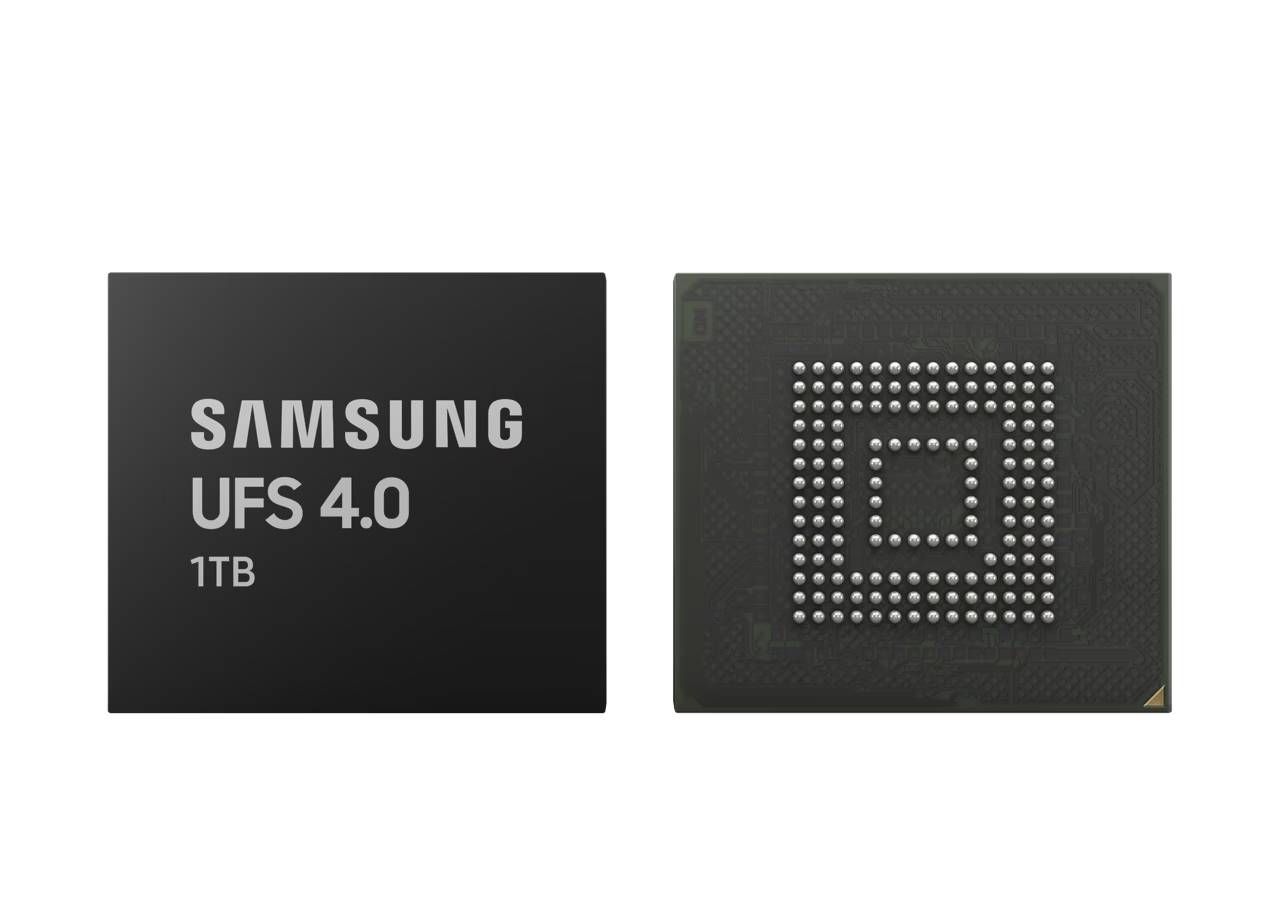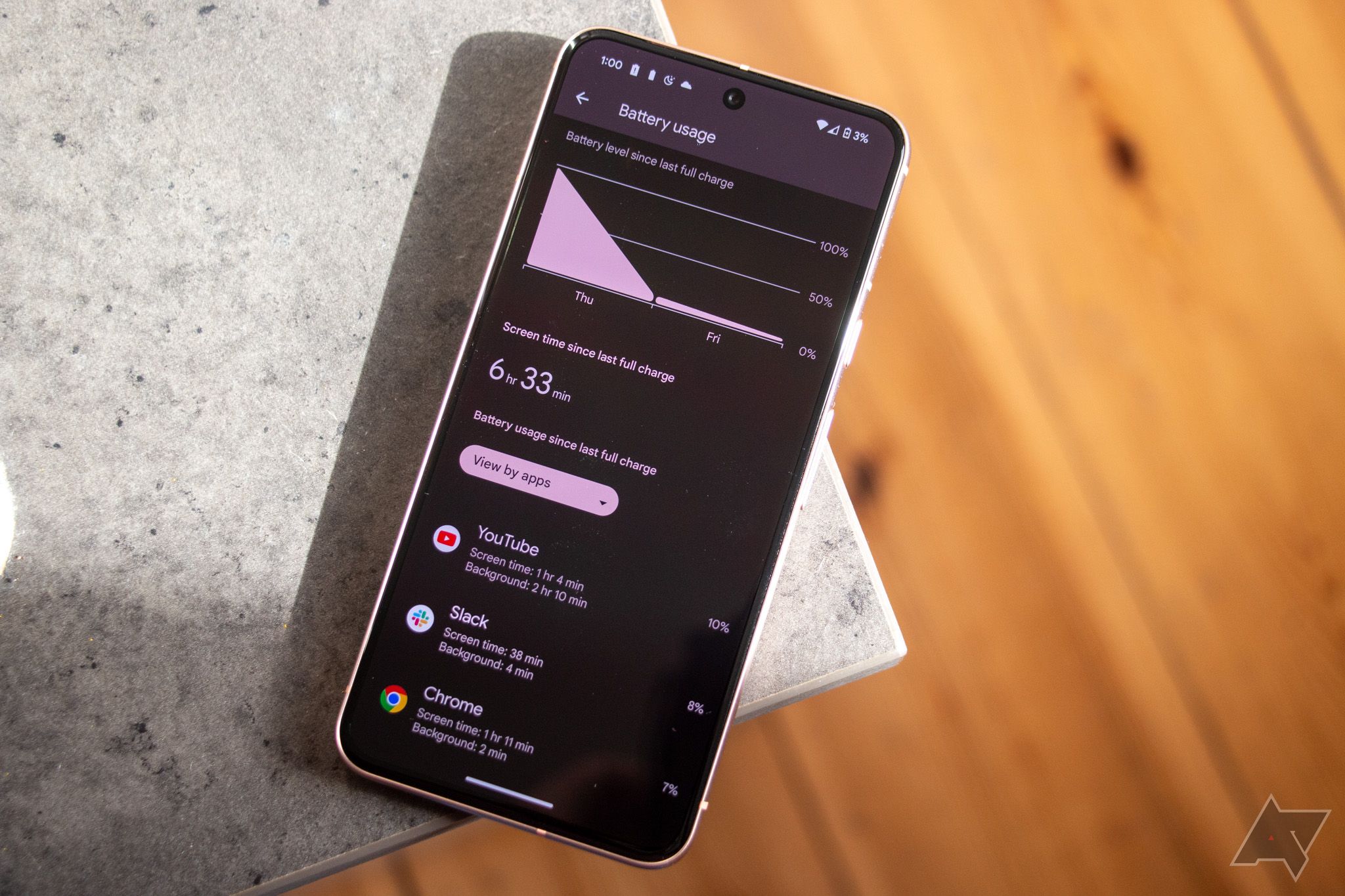Smartphones are complex pieces of equipment with myriad components inside making them tick. Some parts, like display panels, systems-on-a-chip, and camera lenses make obvious differences. Other components spend most of their time in the background.
The storage controller is one such oft-overlooked component. Until recently, that is, when OnePlus erred in advertising UFS 4.0 in the OnePlus 12R, only to ship it with a UFS 3.1 controller like in the Pixel 8. Social media erupted with frustrated potential buyers. Clearly, the newer technology with double the throughput at half the power draw should provide a massive edge, right?
Not so fast (pun intended). Newer, faster, and more efficient are, generally, better. And OnePlus’s marketing miscues could probably use shoring up. But, it turns out, sticking with UFS 3.1 makes such little difference that the fuss was, largely, much ado about nothing — especially in a non-flagship phone that doesn’t offer an extended Android update lifespan.
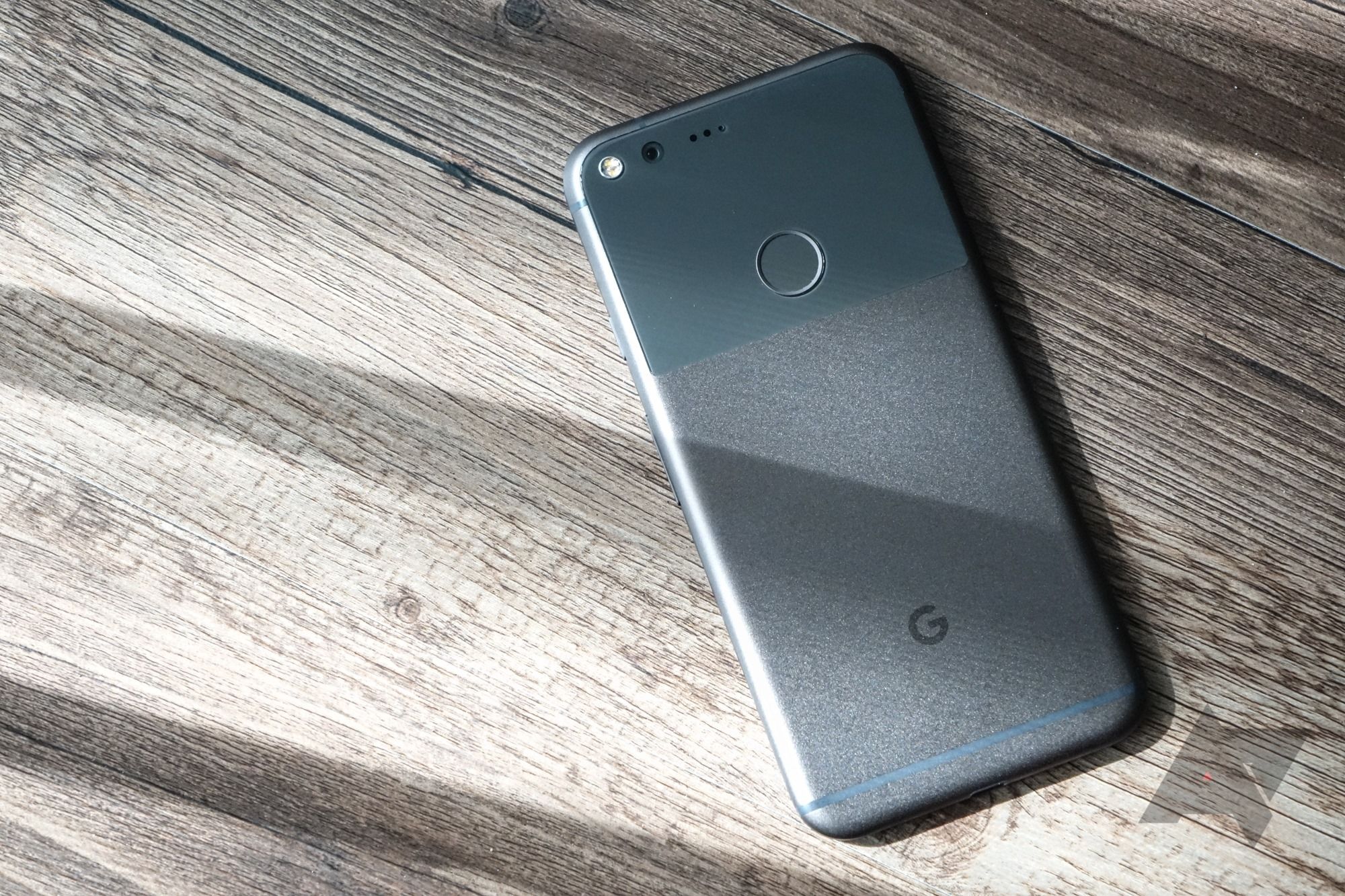
Will 2024’s Android flagships actually last seven years?
As Android heavy-hitters promise longer software support, how gracefully can we expect our hardware to age?
Breaking down theoretical, benchmark, and real-world speeds
One matters most — guess which
Source: OnePlus
Hardware advancement is important to smartphones’ overall development — nobody’s arguing with that. But three specific, discrete numbers exist at the heart of this issue:
- Peak theoretical speed: This represents the mathematical maximum speed a component could potentially reach. It’s what manufacturers advertise because it’s always the highest, most impressive number. But no components will reach, let alone sustain, those numbers.
- Benchmark results: Benchmark testing of specific systems is pretty easy to do, and usually upholds what theoretical speeds indicate, at least comparatively. For instance, UFS 3.1 vs. 4.0 file copying benchmarks usually show the newer version doubling the older version’s speeds. Still, that’s not the whole story.
- Real-world usage: Benchmarks put components through a stress level they only rarely see in actual use. When it comes to actual, hands-on performance, the differences usually shrink considerably — sometimes to the point of being totally negligible.
Let’s look at some numbers
While it’s mostly impossible to chart real-world speeds accurately, we can look at theoretical speeds and benchmarks and, based on the type of test and how that translates to real storage use, extrapolate the importance of each result. Here’s a look at theoretical maximums compared to compiled benchmark averages for the three most common UFS versions:
|
UFS 2.2 |
UFS 3.1 |
UFS 4.0 |
|
|
Peak sequential read/write |
860MBps/255MBps |
2100MBps/1200MBps |
4200MBps/2800MBps |
|
Peak read/write I/O per second (IOPS) |
50K/58K |
70K/100K |
?/? (as yet undetermined) |
|
Benchmark sequential read/write |
1000MBps/480MBps |
1840MBps/1580MBps |
3490MBps/2930MBps |
|
Benchmark random read/write |
225MBps/175MBps |
340MBps/365MBps |
440MBps/485MBps |
Source: YouTube / Sai Tech Guru
At first glance, the differences are massive. Take a closer look, though. We’re talking about megabytes per second (MBps) here, with a capital “B.”
Most Android apps aren’t very big. The functional code rarely takes up more than a couple of hundred megabytes, if that. Even popular games are small on average (100MB or less), although the more involved titles do have large, high-resolution assets.

22 best offline Android games to play when there’s no internet
No Wi-Fi, no problem
But even if a game has massive, FHD+ textures, you’re still looking at under a couple of gigs of data loading in most cases. Even UFS 2.2 shouldn’t struggle when loading everyday apps like social media, calendars, maps, and other day-to-day software.
Furthermore, the OnePlus 11 and 12 use UFS 4.0, and produce the following storage benchmarks:
|
OnePlus 11 |
OnePlus 12 |
|
|
Benchmark sequential read/write |
3230MBps/2870MBps |
3870MBps/3620MBps |
|
Benchmark random read/write |
925MBps/645MBps |
1515MBps/950MBps |
That’s an increase of 23% sequential and 56% random read and write speeds, using the same UFS version. Clearly, storage is so heavily influenced by other factors that, in a vacuum, the UFS version barely affects the user experience.
The SoC makes a significant storage speed difference, no matter the UFS version.
Some real-world results, courtesy of YouTuber TechiBee: the UFS 4.0 OnePlus Ace3 takes seven seconds less to copy an 11.2GB file than the otherwise-identical OnePlus 12R with UFS 3.1. For the other tests, there was no meaningful performance difference — it usually wasn’t even noticeable. And exactly how many 11GB files are you copying that a few seconds make a huge difference?
The UFS controller is only part of the storage equation
Source: Samsung
A storage controller writes the 1s and 0s to the flash while monitoring the capacity and health of said memory. But the storage software — namely, the operating system and its underlying file system implementation — does a lot of heavy lifting before the UFS module starts working.
For example, don’t forget all our devices are encrypted these days, and encryption is no small task in terms of processing power. And where there’s processing power, there’s battery drain, which brings us to our next revelation that UFS 4.0 is not all it’s cracked up to be.
UFS 4.0 is 46% more efficient, and it doesn’t matter
Storage hardware’s power draw is the least of your battery life worries
I’m pretty skeptical when anybody starts raving about how a single, specialized component makes a huge difference. But I was ready to eat crow upon finding (PDF warning) the paper entitledStorage on your smartphone uses more energy than you think. That research determines, in-depth, that storage can use “as much energy as the display.”
The storage controller’s battery use pales in comparison to the display panel’s.
So imagine my relief when I stumbled on (PDF warning again) this paper: On the energy overhead of mobile storage systems. Another set of information assembled by researchers far smarter than myself concludes, “storage software may consume as much as 200x more energy than storage hardware on an Android phone.”
Granted, it’s an old paper, from 2012, but it’s hard to imagine the concept changing much. Encryption remains immensely resource-intensive for the file system software, as does navigating and executing random reads and writes.
Real-world implications of UFS 4.0
It does matter, but not like some say, and not much at the moment
The bottom line is UFS 4.0 is faster and will someday become the common standard. But you’d have to really try — I’m talking about breaking out the stopwatch and timing your phone — to notice the difference between it and UFS 3.1 right now. And in terms of power usage, you won’t really help battery life by doubling the efficiency of a component that draws in the ballpark of one percent of a phone’s overall energy needs.
There may come a day when software, streaming, and video capture become so advanced that UFS 4.0’s blazing speeds make a significant difference. Today, however, is not that day.
Source link

